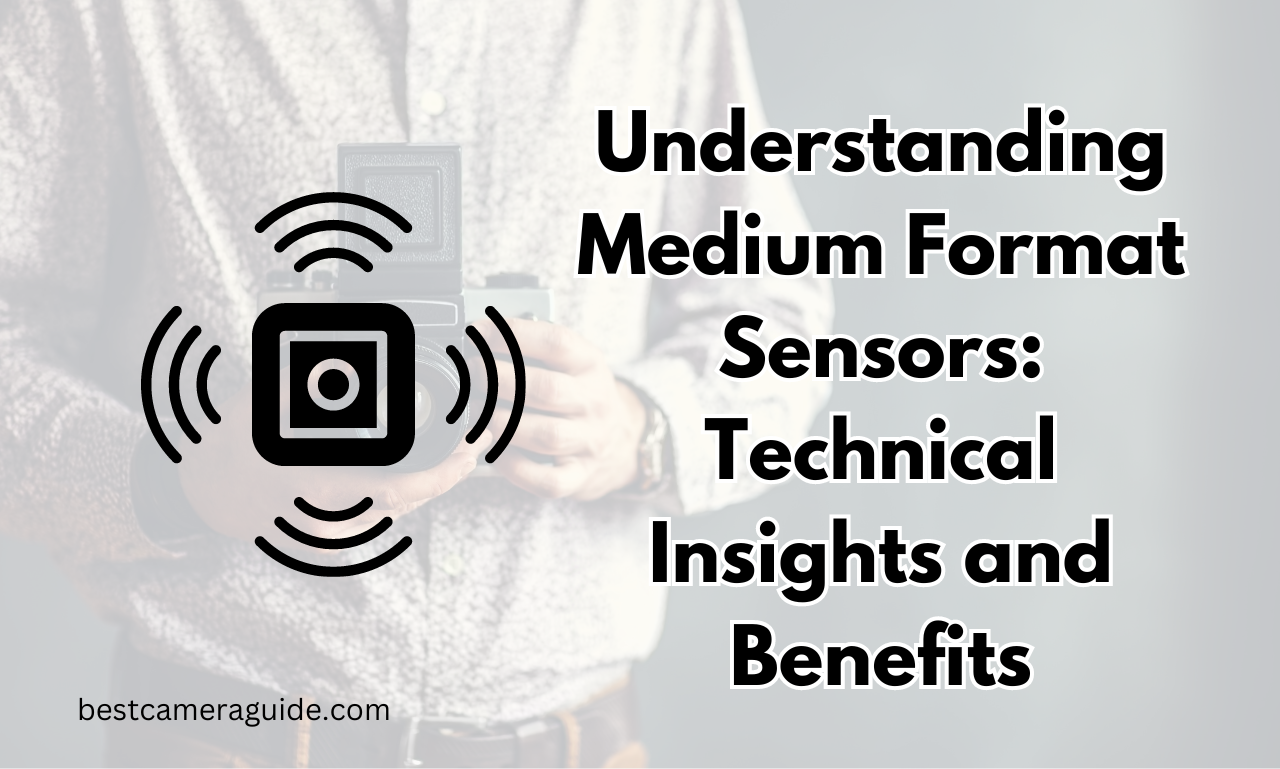Medium format sensors offer photographers unmatched image quality and detail. This article explores these sensors’ technical aspects and benefits, helping you understand why they are a preferred choice for professionals.
Let’s dive into medium-format sensors and discover their unique features.
Keep Reading: medium format lenses evolution
1. What is a Medium Format Sensor?
| Image | Product | Price |
|
Our Pick
1
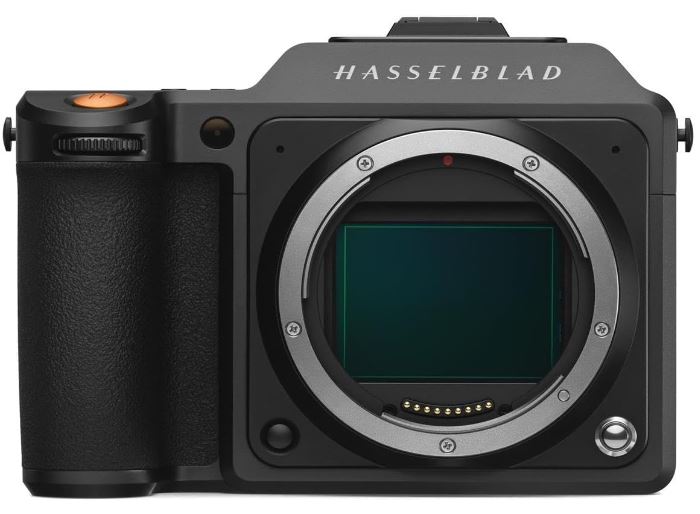
|
Hassel X1D |
|
|
2
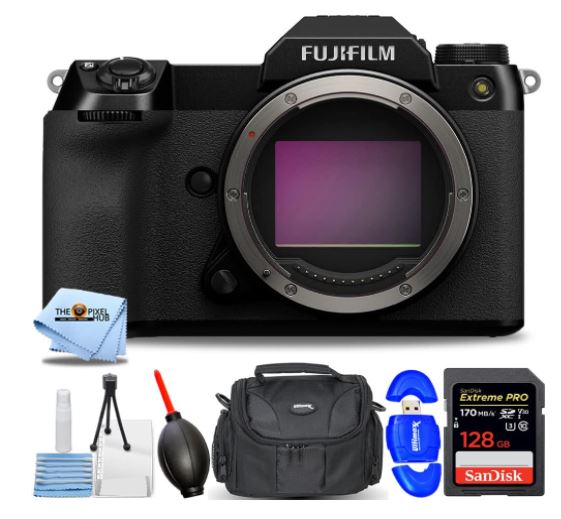
|
Fujifilm GFX |
|
|
3
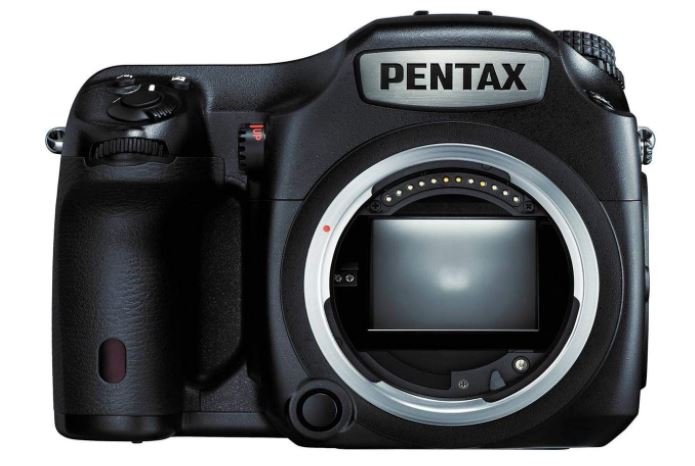
|
Pentax 6457 |
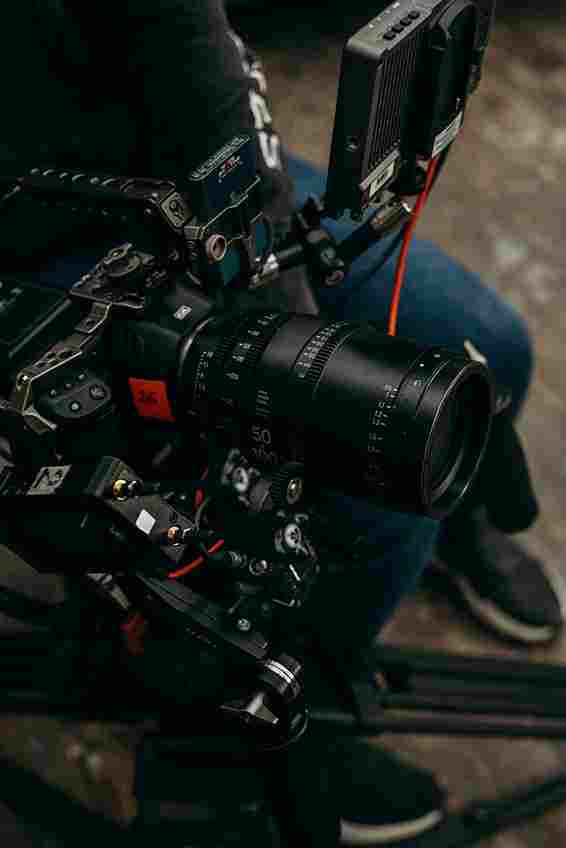
A medium format sensor is larger than full-frame sensors found in standard DSLRs. These sensors capture more detail, provide better dynamic range, and offer a shallower depth of field. Their size allows for larger pixels, which improves image quality, especially in low-light conditions.
2. How Does Sensor Size Impact Image Quality?
Sensor size plays a crucial role in image quality. Larger sensors, like medium format, can capture more light and detail. This results in images with greater clarity, less noise, and a higher dynamic range, making them ideal for professional photography.
3. What Are the Key Technical Benefits of Medium Format Sensors?
Medium format sensors offer several technical benefits:
- Higher resolution: More pixels mean more detail.
- Better dynamic range: Captures a wider range of light and shadow.
- Improved color accuracy: Produces more lifelike colors.
- Shallower depth of field: Allows for more creative control over focus.
Learn more about dynamic range in photography.
4. Why Do Professional Photographers Prefer Medium Format Sensors?
Professionals prefer medium format sensors for their ability to produce high-quality images that are perfect for large prints and commercial use. The sensors provide more detail, which is crucial for fashion, landscape, and product photography.
5. How Do Medium Format Sensors Compare to Full-Frame Sensors?
While full-frame sensors are popular, medium format sensors surpass them in image quality. The larger size means more pixels and better performance in various lighting conditions. However, medium format cameras are generally more expensive and bulkier.
6. What Role Do Pixels Play in Medium Format Photography?
Pixels are the building blocks of digital images. Medium format sensors have more and larger pixels, allowing them to capture finer details and smoother gradients. This results in images with exceptional clarity and minimal noise.
7. Are Medium Format Sensors Suitable for All Types of Photography?
Medium format sensors excel in specific genres like fashion, landscape, and product photography. However, they may not be ideal for fast-paced photography like sports, where speed and agility are crucial.
8. What Are the Limitations of Medium Format Sensors?
Despite their advantages, medium format sensors have limitations. They are generally more expensive, bulkier, and slower in operation compared to other cameras. These factors make them less suitable for certain types of photography.
9. How Do Medium Format Sensors Affect Post-Processing?
The high resolution of medium format sensors means that images require more storage space and processing power. However, the detailed images allow for more flexibility in post-processing, giving photographers more creative control.
10. What Are the Future Trends in Medium Format Sensor Technology?
Medium format sensor technology is evolving, with advancements aimed at improving speed, reducing size, and enhancing image quality even further. Future trends may also include more affordable options, making this technology accessible to a broader audience.
FAQs
Q1: Is a medium format camera worth the investment?
A1: Yes, if you prioritize image quality and work in genres that benefit from high resolution and detail.
Q2: Can medium format cameras be used for video?
A2: Some medium format cameras offer video capabilities, but they are generally better suited for still photography.
Q3: What is the best medium format camera for beginners?
A3: The Fujifilm GFX 50S II is a great entry-level option for those new to medium format photography.
Conclusion
Understanding medium format sensors can significantly enhance your photography. Their superior image quality and technical benefits make them a valuable tool for professionals. As technology evolves, medium format sensors are becoming more accessible, offering even more opportunities for photographers to create stunning images.

